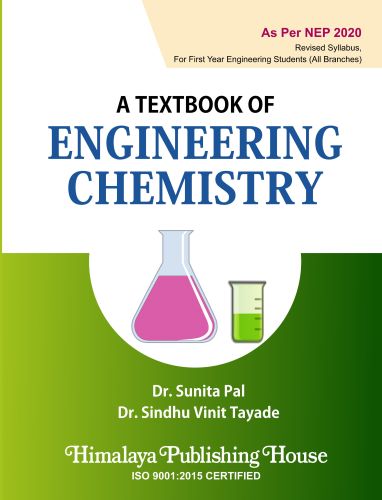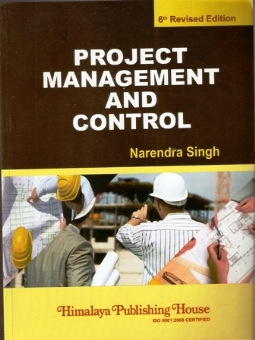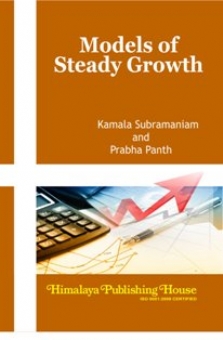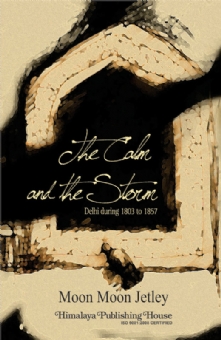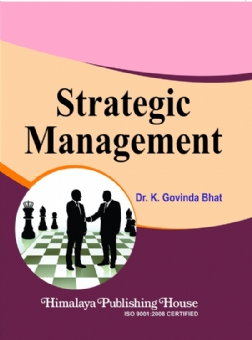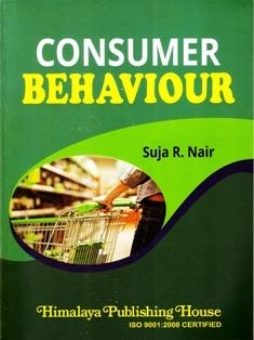This book is designed specifically for first year engineering students to grasp fundamental chemical concepts and their practical applications in engineering. By simplifying complex topics and incorporating solved numerical problems, it serves as a comprehensive resource for classroom learning and exam preparation. This book helps students develop a strong conceptual foundation and prepares them for exams, with a focus on real-world engineering challenges. It caters to students across all engineering disciplines, using clear language and an approachable learning style to facilitate easy comprehension of basic concepts and problem-solving skills.
Contents –
1. Water
> Introduction to Water and Impurities Present in Water
> Hardness: Types of Hardness, Unit and Numerical
> Determination of Hardness by EDTA Method, and Numerical
> Softening Method: Ion-Exchange (Demineralization Method)
> Advantages, and Disadvantages
> Estimation of Pollution by BOD and COD Method and Numerical
> Municipal Water
> Desalination
> Reverse Osmosis
> Disinfectant Treatment by Ozone Treatment
> Question Bank
2. Green Chemistry
> Introduction to Green Chemistry – 12 Principles of Green Chemistry
> Comparative Study of Conventional and Green Synthesis of:
– Adipic Acid
– Indigo Dye
– Carbaryl
> Green Solvents – Supercritical Solvents and Ionic Liquids
> Green Fuels – Biodiesel and Ethanol
> Numerical on Atom Economy
> Question Bank
3. Corrosion
> Definition and Types Corrosion
> Mechanism of Dry Corrosion
> Mechanism of Wet Corrosion
> Types of Wet Corrosion:
– Galvanic Cell Corrosion
– Differential Aeration
– Stress Corrosion
– Pitting Corrosion
– Intergranular Corrosion
> Factors Affecting Rate of Corrosion: Nature of Metal – Purity, Position in Galvanic Series
> Nature of Corroding Environment – Temperature, pH, Moisture
> Methods for Prevention of Corrosion
> Cathodic Protection – Sacrificial and Impressed Current Method
> Metallic Coatings: Tinning and Galvanizing
> Corrosion in Electronic Devices
> Question Bank
4. Polymers
> Introduction to Polymers
> Molecular Weight of Polymer – Number Average Molecular Weight and Weight Average Molecular Weight, Numerical
> Polymer Crystallinity
– Glass Transition Temperature
– Viscoelasticity
> Introduction to Plastics – Thermoplastic and Thermosetting Polymer
> Compounding of Plastics
> Synthesis, Properties and Uses of : PMMA and Kevlar
> Introduction to Rubber
– Natural Rubber, Drawbacks
– Compounding of Rubber
> Vulcanization Synthesis
– Properties and uses of Polyurethane Rubber
– Buna-S Rubber
> Conducting Polymer
– Introduction
– Types of Conducting Polymers
– Applications of Conducting Polymers
> Smart Polymers
– Introduction
– Classification of Smart Polymers
– General Properties of Smart Polymers
– Applications of Smart Polymers in Various Fields
> Question Bank
5. Fuels
> Definition
– Classification
– Characteristic of Good Fuels
> Calorific Value – Definition types of Calorific Value: HCV and LCV, Units
> Dulongs Formula, Numerical
> Coal – Definition, Analysis of Coal
> Proximate Analysis –% of Moisture, Volatile Matter, Ash, Fixed Carbon
> Ultimate Analysis
– % of Carbon and Hydrogen, Nitrogen, Sulphur, Oxygen
> Combustion of Coal – Numerical based on Requirement of Oxygen and Air on Weight and Volume Basis
> Liquid Fuel-Mining of Crude Oil Knocking
> Cetane Number and Octane Number
> Gases Fuel – Introduction to Propellants
> Question Bank
6. Lubricants
> Definition-Lubricants and Lubrication, Functions of Lubricants
> Mechanism of Lubrication: Thick-film, Thin-film and Extreme-Pressure Lubrication
> Classification of Lubricants: Solid, Semi-solid, Liquid and Blended Oils
> Properties of Lubricants(Definition & Significance)
– Viscosity and Viscosity Index
– Flash and Fire Point
– Cloud Point and Pour Point
– Acid Value
– Saponification Value
> Numerical on Acid and Saponification Value
> Question Bank

